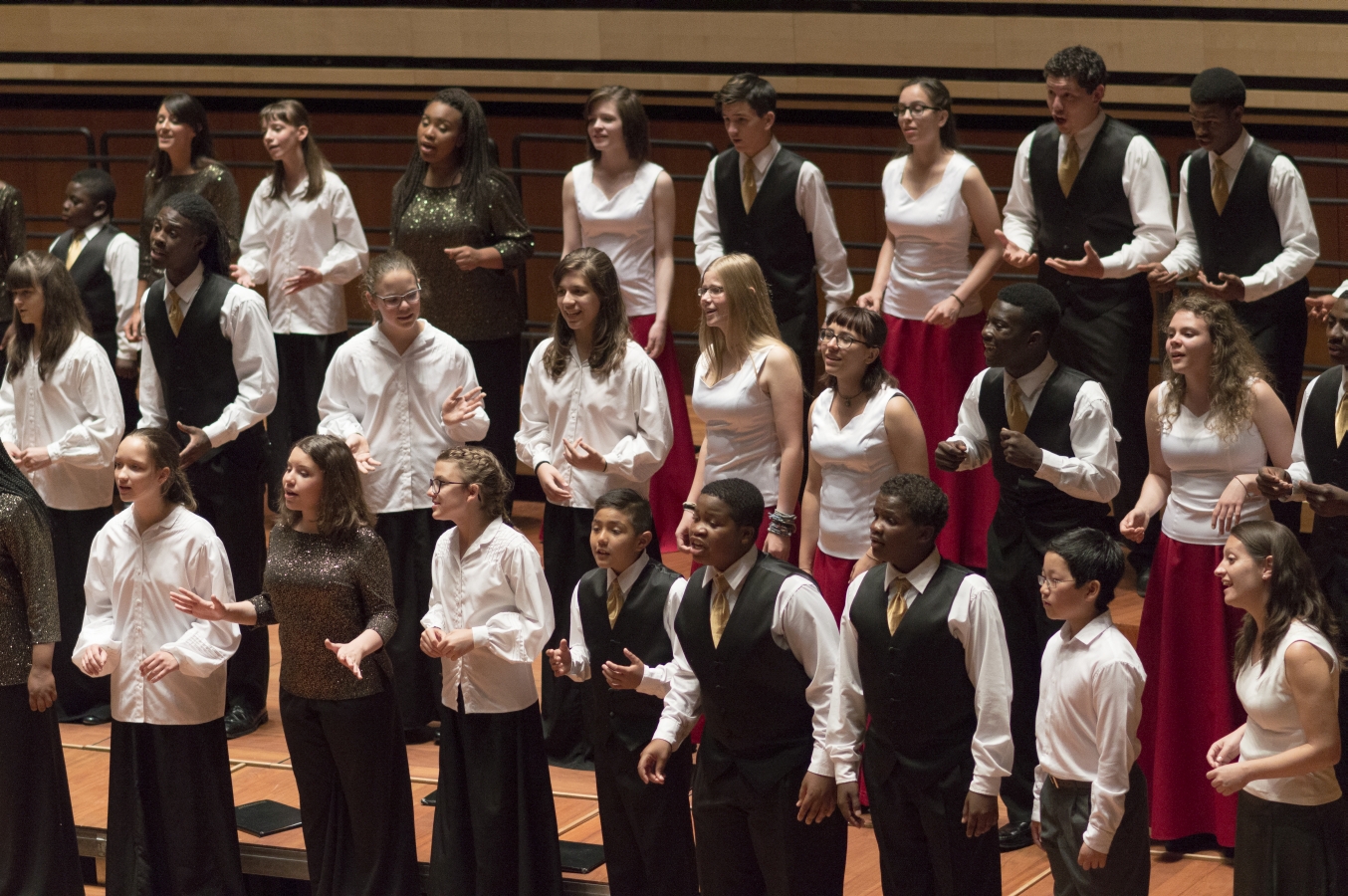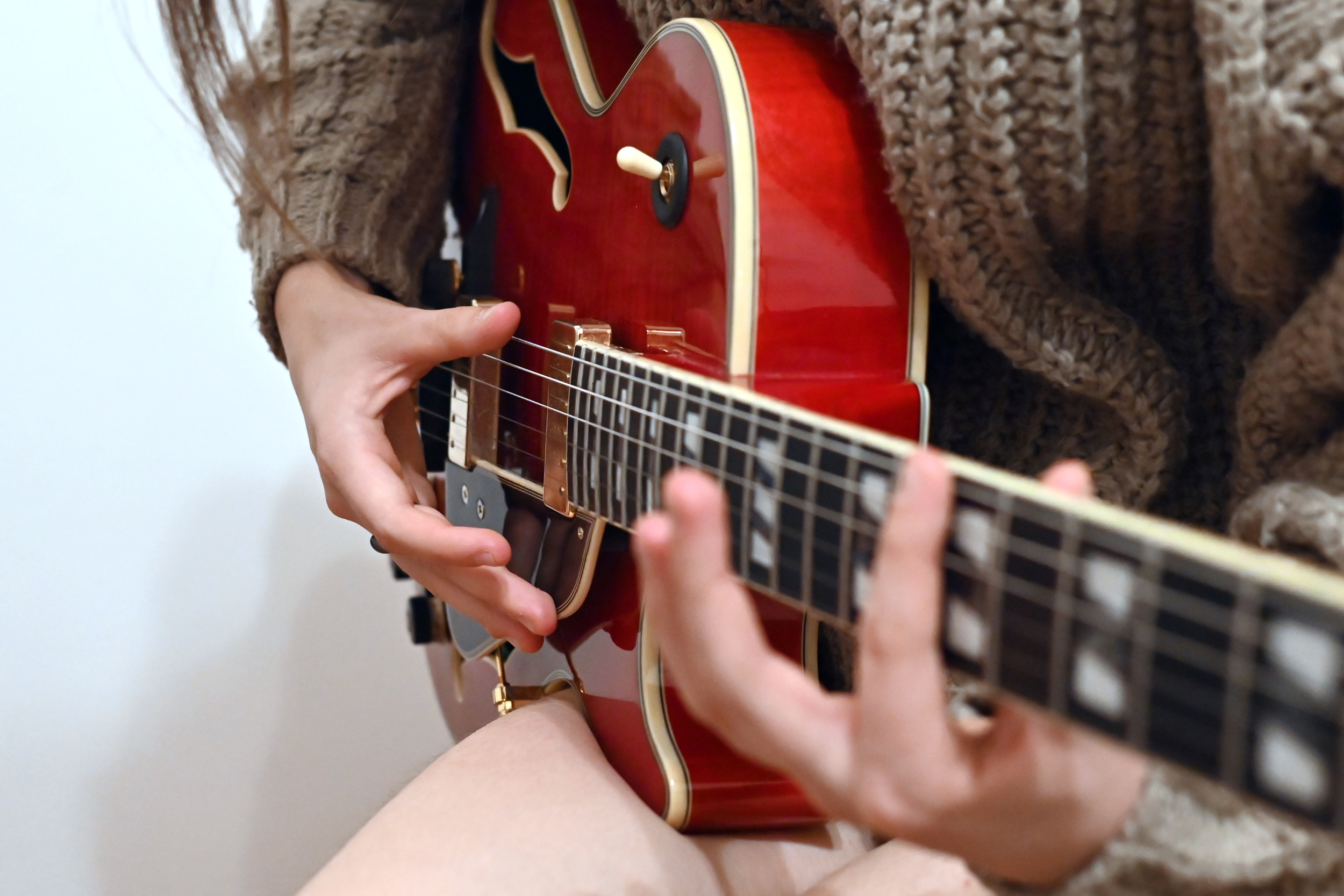by immusic | Nov 30, 2022
Category
vocal
Age
12+
Number of participants
6-40
Duration
approx. 20 min.
Working method
group work
Musical abilities of the trainers
12 3 4 5 6
Equipment and instruments
- music player / app to play the song
Competences
- cultural / intercultural sensitivity
- empathy
- attention
- creativity
- movement coordination
- cooperation
- concentration
- sense of rhythm
Be Zulu
Getting to know the music and dances of a distant culture.
AIM
Initiate movement improvisation through an easy-to-learn Zulu folk song based on the movements of the singers in the video.
Description
With the help of the facilitator or the videos, the participants learn the Zulu tune „Siyahamba”. (With the help of the recordings and sheet music, it can be learned in several parts, but it is also absolutely perfect in unison.)
They watch the videos again and observe the movements the Africans make while singing the song.
They try them out together or in smaller groups.
The participants create their own choreography from the movement elements they like best, which they perform while singing the song or playing the recording.
LYRICS
Siyahamba, ekukanyen’ kwenkos’,
Siyahamba, ekukanyen’ kwenkos’,
Siyahamba, siyahamba, oh,
Siyahamba ekukanyen’ kwenkos’.
We are marching in the light of God.
We are marching in the light of God.
We are marching, we are marching, ooh,
We are marching in the light of God.
by immusic | Nov 30, 2022
Category
vocal
rhythm
Age
8+
Number of participants
6+
Duration
approx. 30 min.
Working method
- playing in pairs
- group work
Musical abilities of the trainers
1 2 3 4 5 6
Equipment and instruments
- music player / app to play the videos
Competences
- cultural / intercultural sensitivity
- attention
- movement coordination
- cooperation
- concentration
- perception
- expression
- sense of rhythm
Dance with Us
Get to know the culture of other European countries
through music and dance.
AIM
The purpose of the game is to strengthen the unity between the group members and in a cultural sense with the other nations living in Europe.
Description
With the help of the videos below, get to know the specifics of the dances of different nations together with the group, and try to imitate the movements!
by immusic | Nov 28, 2022
Category
instrumental
Age
8+
Number of participants
multiples of 3
Duration
approx. 30 min.
Working method
Musical abilities of the trainers
1 2 3 4 56
Equipment and instruments
Competences
- improvisation
- creativity
- expression
- confidence
- attention
- perception
- cooperation
- team cohesion
Two Guitarists, One Singer, One Team
In this activity, we are going to use a guitar by two people to accompany a singer participant.
The idea is to follow the development of the guitar sharing and in this case train the chords making as well. In addition, the singer will improvise some melodies with the help of the accompaniment.
AIM
The aim is to follow the activities of the shared guitar, but in this case, we are also going to be part of a singer. Therefore, the idea is to mix instruments in a way that they can manage more or less the pairs playing style. In this case, we are going to work on
chords. The left-hand player would have the most demanding part of doing the chords. The other hand is less demanding but not simple. They will do a constant rhythm. The other person is going to improvise singing following the chords.
So with this activity we are going to train guitar in a more complex way and a more attractive one: Accompanying a singer’s improvisation.
Also about the vocal part of the activity, we can say that is an opportunity to explore their improvising skills for the singer participants and of course an expression chance.
Description
1. First of all we will do a guitar and singing warming up.
2. After the warming up the facilitator will give the participants the scores of the chords and the rhythms, and will leave some time to practise them and the singer to acquire the harmonics.
3. The activity will continue with the performing part, they will do the accompanied improvisation. They will change roles on the guitar and the improvisator would have two chances to perform.
Chords progressions:
C-A-C-A-F-G7-C
Am-F-Dm-E7-Am
others
Rhythms:
Regular first
Subdivided after
Mixed
Improvised
by immusic | Nov 28, 2022
Category
vocal
Age
8+
Number of participants
10+
Duration
approx. 30 min.
Working method
group work
Musical abilities of the trainers
1 2 3 4 5 6
EQUIPMENT AND INSTRUMENTS
- music player / app to play the sound
effects
- any sound generating device
Competences
- improvisation
- creativity
- expression
- confidence
- attention
- perception
- cooperation
- team cohesion
Sound Reproduction
The world around us is full of different sound effects, which we not only have to recognize, but sometimes also have to imitate, which in certain cases results in extremely humorous situations. The game is based on the systematic application and development of voice support.
AIM
In addition to observation and imitation, and the creative use of different sound production methods, it also serves to develop mutual attention, comparison, and self-evaluation.
Description
The members of the group sit in a circle and the animator distributes the piece of paper to everyone, and they each write a sound effect that comes to their mind (you can write more). This can be any effect, whether natural or artificial or human voice, except singing or other musical sounds.
Then, as in the „Activity” game, the participants draw a card and what they read there must be imitated with their own voice, which the others must recognize. It can be played as a team competition, but it can also be played as a scoring competition.
The game can be varied by asking for sound effects thematically: e.g. animal sounds, machine sounds, etc.
At the end of the game, they can listen to a piece of symphonic
music together, which is about voice imitation: e.g. Beethoven: VI.
Symphony – bird sounds; Rossini: Cat Duet, Honegger: Pacific 231;
The Typewriter






Recent Comments